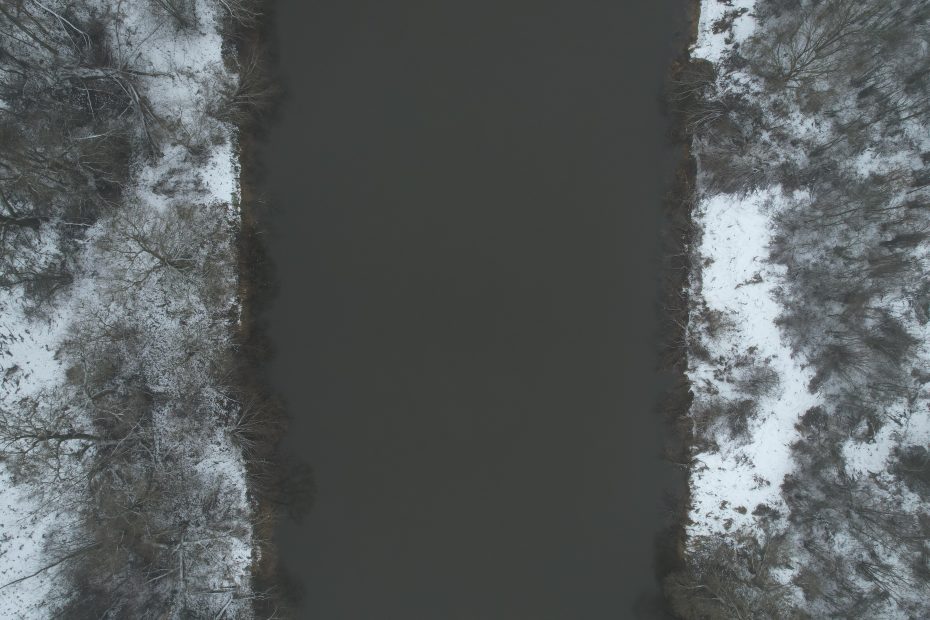Table of Contents
Introduction
Stretching along the southeastern coast of the Baltic Sea, the Curonian Spit is a magical landscape of windswept sand dunes, verdant pine forests, and an abundance of migratory wildlife. This 98-kilometer long, thin strip of land is shared between Lithuania and Russia’s Kaliningrad region, though the Lithuanian side contains the majority of the Spit. Encompassing the Curonian Lagoon on one side and the Baltic Sea on the other, this sliver of land is a natural wonder quite unlike any other place. With its constantly shifting sandy terrain, variety of rare flora and fauna, and rich human history, the Curonian Spit offers intrepid travelers an unforgettable experience in one of the last great wildernesses in Europe.
Geography and Formation
The Curonian Spit sits along the southeastern Baltic coast, extending from Zelenogradsk, Russia down to its southern terminus near the Lithuanian border. Strong winds and waves gradually deposited sand along this shore over thousands of years, forming a long, thin sand bar. The windswept dunes are continually shifting, with the highest dune reaching 67.8 meters at Parnidis Dune. Sand accretion at the northern end and erosion at the southern end cause the spit to gradually migrate southward at an average rate of 4 meters per year. The southern half of the spit is located entirely within Lithuania and contains the majority of the settlements, forests, and conservation areas that draw visitors.
Flora and Fauna
Despite the challenging growing conditions, the Curonian Spit fosters a surprising diversity of life. Sheltering the coast from harsh winds and storms, the sand dunes allow fragile plant life to take root. Lush pine forests now cover half of the spit, dominated by a species of pine adapted to frequent sand burial. Bogs, wet meadows, and grasslands provide additional habitats. The forests and wetlands give sanctuary to elk, roe deer, wild boar, foxes, and over 40 species of mammals in total. As a stopover for birds migrating from Northern Europe to Africa and back, over 300 species of birds inhabit or visit the spit each year. Rare plant and animal life abounds.
UNESCO World Heritage Site
In 2000, UNESCO designated the Curonian Spit as a World Heritage Site for its unique interaction of natural forces and human culture. The giant mobile dunes posed challenges for settlement starting as far back as the 5th century BCE but also shaped a resilient human adaptation over millennia. Lithuania proposed the listing and manages conservation of the 52 km long section within its borders. UNESCO recognition provides stronger protection measures against threats from tourism, industrial development, and habitat degradation. It highlights the area’s diverse natural values that demand preserved for future generations.
Activities and Attractions
Outdoor enthusiasts will find endless ways to experience the spit’s windswept beauty. Over 30 kilometers of hiking trails weave through peaceful forests and along sandy beaches. Wooden walkways allow access over fragile dune systems. Fishing villages like Nida and Juodkrantė offer local culture, traditional smoked fish, and charming accommodation. The Hill of Witches sculpture park outside Juodkrantė whimsically exhibits wooden depictions of Lithuanian folk mythology. For birdwatching, White Dune near Nida hosts over 70 species during spring and fall migrations. With its range of natural diversity and cultural heritage, the Curonian Spit provides something for every traveler.
Preserving a Fragile Ecosystem
Given the fragile ecology of sand dunes, pine forests, and wetlands, the Curonian Spit demands careful conservation to protect against growing tourism and development pressures. UNESCO status has provided stronger legal protections but also more visitors, with numbers doubling over the past decade. While tourism boosts the local economy, more people risk further damage to the vulnerable landscape. Lithuania and Russia both face challenges of promoting tourism while preventing detrimental environmental impact. Some solutions include visitor quotas for sensitive sites, designated walkways over dunes, and limits on construction. As climate change raises sea levels, the narrow spit also grows even more susceptible to flooding. Ongoing conservation efforts focused on sustainable tourism and ecosystem resilience offer hope for preserving the spit’s natural wonders.
Conclusion
With its constantly changing sand dunes, winding pine forests, and migratory flocks, the Curonian Spit rewards visitors with beauty and serenity. This fragile landscape contains a wealth of biodiversity, from rare orchids to nearly extinct wetland birds. Lithuania and Russia share responsibility for protecting the spit’s natural heritage. While tourism now threatens the same wilderness that draws over a million annual visitors, careful regulation and sustainable practices can preserve the spit’s gifts for future generations. For an off-the-beaten-path adventure to one of Europe’s last true wildernesses, the Curonian Spit beckons.
FAQ
Where is the Curonian Spit located?
The Curonian Spit is located along the southeastern coast of the Baltic Sea, extending from Kaliningrad, Russia down to southern Lithuania.
How long is the Curonian Spit?
The Curonian Spit is approximately 98 km long. The section within Lithuania covers 52 km.
What animals live on the Curonian Spit?
Some animals found on the Curonian Spit include elk, deer, wild boar, foxes, over 300 species of migratory birds, and rare insects and amphibians.
Is it possible to visit the Curonian Spit?
Yes, the Curonian Spit is accessible to visitors. The Lithuanian side has more tourism infrastructure, including hotels, restaurants, hiking trails, and an international airport at Palanga.
What is the best time of year to visit the Curonian Spit?
The best times are late spring to early autumn, especially May-June and September-October, when temperatures are milder and there are fewer tourists than summer. Spring and fall allow viewing of migratory birds.
